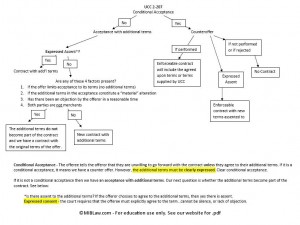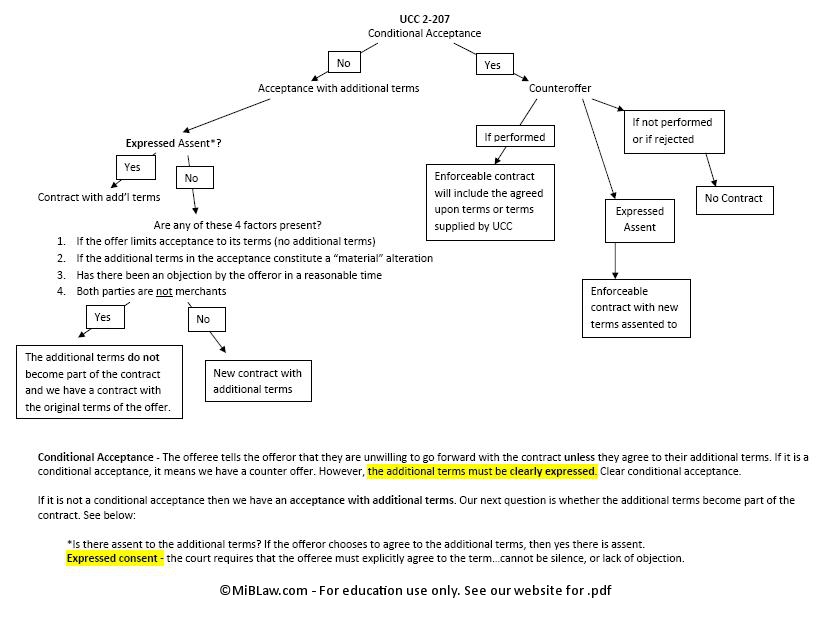Facts: Fitzgerald, a tractor-trailer driver, was injured on the job when he fell from the top of the tanker trailer he used to deliver oil. The trailer was owned by Montgomery Tank Lines, defendant, and leased to Mobil Oil. The tractor was owned by another party, Rieger, and also leased to Mobil Oil. Plaintiff’s employment situation was complex and confusing: Fitzgerald was hired to deliver oil from Mobil Oil’s plant to various Mobil Oil customers. Fitzgerald was initially hired by Rieger. Before he could be hired by Riger, Fitzgerald had to pass a road test that was administered by Mobil Oil at a Mobil Oil facility. Another company, TLI, would pay Fitzgerald. Mobil Oil would then reimburse TLI for driver wages and other expenses, including worker’s compensation insurance premiums. Mobil Oil and TLI had a contract that specifically disclaimed the existence of an employer/employee relationship between Mobil Oil and TLI-supplied drivers.
Issue: Whether Mobil Oil can be consider plaintiff’s employer. (In this case, Fitzgerald did not want Mobil Oil to be considered his employer because it would limit his recovery to Worker’s Comp under the “exclusive remedy provision.”)
Holding: Mobil Oil was Fitzgerald’s employer.
Reasoning:
The court went through the four elements of the Economic Realities Test and determined that, under the totality of the circumstances, Mobil Oil was the employer of Fitzgerald (even though Mobil Oil had expressly disclaimed an employer/employee relationship):
1. Control of a worker’s duties,
Fitzgerald telephoned a Mobil dispatcher at least once a day for work assignments. The Mobil dispatcher told him where to deliver oil and how much oil to deliver. In addition, Fitzgerald kept his truck at Mobil Oil’s facility and hauled exclusively for Mobil Oil. However, Fitzgerald was trained by an employee of Rieger, submitted his travel logs to Rieger, refused an assignment when Rieger told him not to take it, and Riger arranged for repairs of Fitzgerald’s tractor.
2. Payment of wages,
Although it was indirect, Mobil Oil was liable to TLI for reimbursement of driver wages and benefit payments
3. The right to hire and the right to discipline, and
Mobil Oil had the right to refuse Fitzgerald’s services and if it had, Fitzgerald would have been, at least temporarily, without an assignment. The court stated that, “the power to stop Fitzgerald from engaging in the daily tasks he relied on for wages is enough to satisfy the test.”
4. The performance of the duties as an integral part of the employer’s business towards the accomplishment of a common goal.
Fitzgerald’s work constituted an integral part of Mobil Oil’s business as delivery of oil is an ongoing and necessary function of the business.


